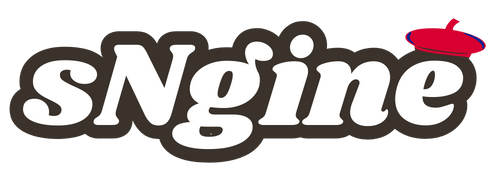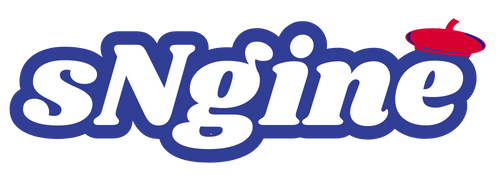A formal Ai Sales Assistant Software Market Competitive Analysis, using a framework like Porter's Five Forces, reveals an industry with a fascinating and complex competitive structure. The market is characterized by high rivalry among existing players, significant barriers to entry for at-scale competitors, and a powerful dynamic between the software providers and their core "suppliers" of data—the CRM platforms. Understanding these structural forces is essential for any market participant to develop a sustainable strategy. The market's explosive growth often overshadows these underlying pressures, but they are what ultimately determine long-term profitability and market leadership. The Ai Sales Assistant Software Market size is projected to grow USD 24.21 Billion by 2035, exhibiting a CAGR of 22.72% during the forecast period 2025-2035. This growth ensures the competitive stakes will remain high, making a clear-eyed analysis of the market's structure a critical strategic exercise.
The rivalry among existing competitors is extremely high. The market sees a direct clash between the large, integrated CRM platforms (Salesforce, HubSpot) offering bundled AI features, and the specialized best-of-breed players (Gong, Outreach, Salesloft) offering deep functionality. This leads to intense competition on features, the quality and accuracy of the AI models, and pricing. The introduction of generative AI has further intensified this rivalry, as every player races to demonstrate the most impressive capabilities in AI-powered content creation and summarization. The threat of new entrants is mixed. At the low end, for a simple AI-powered browser extension, the barrier to entry is relatively low, leading to a constant churn of new point solutions. However, for a new company to compete as a true enterprise-grade platform, the barriers are formidable. This includes the immense R&D cost to develop sophisticated AI models, the need for deep and reliable integrations with major CRMs, and the challenge of building a trusted brand and achieving security certifications like SOC 2, making the threat of a new, major platform competitor low.
The bargaining power of buyers (the companies purchasing the software) is moderate to high. With a growing number of vendors to choose from, buyers can demand strong proof of ROI, competitive pricing, and robust feature sets. However, once a company has deployed a platform across its entire sales team and integrated it deeply into its workflows, the switching costs (in terms of retraining, data migration, and disruption) become very high, which reduces the buyer's long-term bargaining power. The bargaining power of suppliers is a unique and critical force. In this market, the primary "suppliers" are the CRM platforms that supply the foundational customer data, and the communication platforms (Zoom, Microsoft Teams) that supply the conversational data. The AI sales assistant vendors are heavily dependent on their APIs and partnership terms, giving these platform suppliers significant leverage. Finally, the threat of substitute products or services is significant and comes primarily from the CRM platforms themselves. The biggest substitute for a third-party AI sales assistant is the "good enough" native AI feature that is bundled into the core CRM, which represents a constant threat to the standalone vendors. This analysis shows a market where success is dependent on navigating intense rivalry while managing critical dependencies on the very platforms that may also be your biggest competitors.
Top Trending Reports -
South Korea Digital Inspection Market



